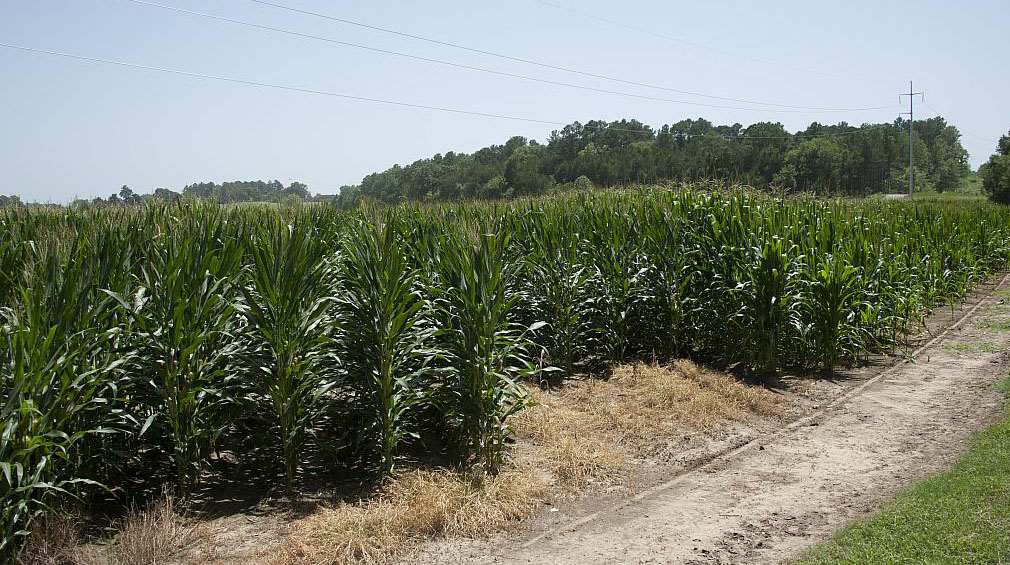Many different species of insect pests attack crops. Each of these pests is capable of causing economic yield loss, and some are capable of totally destroying a crop. Knowing when to treat for insect pests in crops is vital to keeping yields high and controlling the costs of agricultural production.
Control insects in cotton, soybeans, corn, grain sorghum, wheat, sweet potatoes, rice, peanuts, and pastures with the following information produced by MSU Extension.
Virtual Insect Scout School for Agronomic Crops

Using the right planting methods and seeding rates helps small grain crops become established quickly and successfully. Mississippians plant wheat, oats, and other small grains for numerous purposes, including for grain production, cover or forage crops, soil stabilization, pasture overseeding, and wildlife food plots. Because small grains are grown for many purposes in diverse environments and with an array of resources, appropriate planting methods may vary greatly. Find the latest news and information for growing small grain crops.
The major fruit crop in Mississippi is blueberries, with more than 2,000 acres in production. Since blueberries are native to the Southeast and grow well in the pine belt of south Mississippi, commercial production of blueberries has been important to the horticultural economy of Mississippi since the 1970s. Mississippi State University Extension personnel work with blueberry growers to achieve maximum production, but they also strive for management practices that are sustainable.
Cotton is a major crop in Mississippi. In 2014, it ranked fourth behind poultry, forestry, and soybeans in state commodities, with $403 million dollars of revenue.
Mississippi producers planted approximately 420,000 acres of cotton last year. This number seems to fluctuate depending on weather, price of production, and current commodity markets.

Vine Crops in Mississippi
Watermelons were once grown on more acres than any other vegetable crop in Mississippi. The decline in production is due to three factors: the conservation reserve program has taken many fields out of the production cycle, the invasion of other areas into the market window due to improved varieties and growing techniques, and the cool, wet spring weather has hampered crop establishment for the last several years.
Sweet corn grows on over 2,000 acres in Mississippi. All of the ears are consumed in Mississippi. Sweet corn is grown for local market and is often not packaged or cooled prior to sale. Normal, or sugary -1(su1) corn, is preferred, with Sweet G90 and Merit being the two most popular varieties. Sugary, enhanced (se) corns are growing in popularity.
Frequently Asked Questions
In Mississippi, over 2,000 acres of Southern peas are grown commercially every year. Butter or lima beans are grown on about 1,200 acres and 400 acres of green beans are produced. English peas grow on less than 50 acres. Most of these are hand harvested and sold within the state. In 1993, over 15,000 acres of peas and beans were grown, primarily mechanically harvested for the processing market.
Frequently Asked Questions

